How To Fill A Raised Garden Bed Cheap Near Me


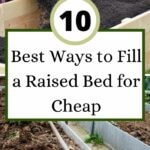

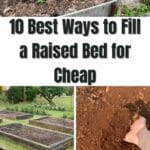
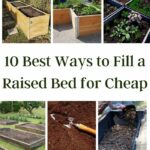
 Raised bed gardening is a great way to make the most out of your garden space. You can build a raised bed garden just about anywhere, making it a good option if you don't have a lot of space to garden – or if your soil is poor or unworkable.
Raised bed gardening is a great way to make the most out of your garden space. You can build a raised bed garden just about anywhere, making it a good option if you don't have a lot of space to garden – or if your soil is poor or unworkable.
But what do you do when you have nothing to fill your raised bed garden? Buying soil can be incredibly expensive – so expensive, in fact, that many people forget their gardening plans together because they think they can't afford it.
10 Best Ways to Fill a Raised Bed for Cheap
Here are some tips on how to figure out how to fill your raised beds – ideally without breaking the bank. Use one or all of these in your raised bed gardens this year to build a beautiful thriving garden.
You may also want to check out this list of root vegetables you can grow in containers for more inspiration that works well in your raised bed garden. Another great idea is to check out these tips for urban gardening success if you are building your raised beds in a smaller space backyard.
1. Hugelkultur
The name sounds a bit funny, but the hugelkultur gardening method is a great way to fill a raised bed on the cheap.
This method simply involves burying large amounts of rotting debris beneath the soil. You can use large logs, sticks, and other organic matter. This method is similar to another one we will discuss later in this article, cor gardening, except you'll build your garden in layers. Because you are using large pieces of organic matter, it will last for many years before you need to add more soil.
You will want to fill your bed at least 10 to 12 inches deep. Fill in the gaps between large pieces of rotting material with smaller matter, like grass clippings, trimmings, leaves, wood chips, and other small items.
2. Build a Lasagna Garden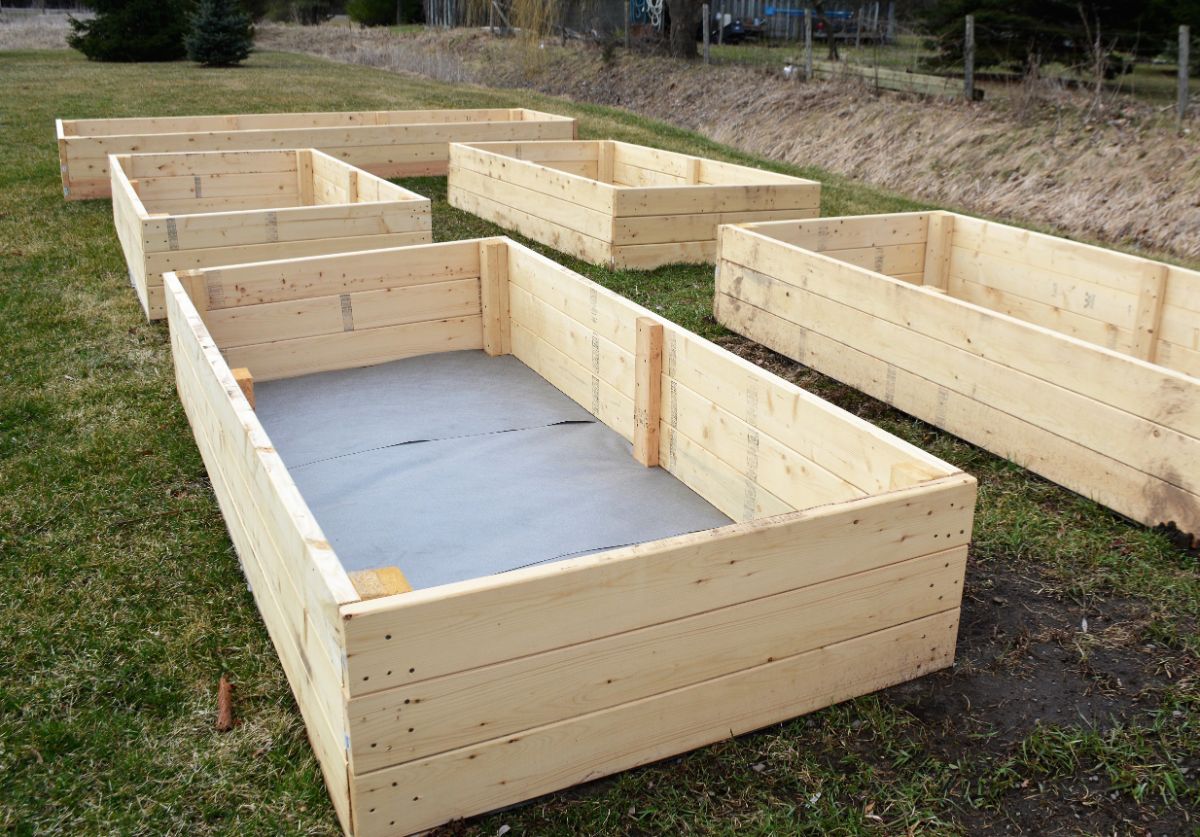
Lasagna gardening is similar to hugelkultur, but you'll want to think more carefully about your layers. Start by putting down a layer of cardboard to smother the grass. Then, add a layer of leaves and additional cardboard. You'll be starting your very own compost bin inside your raised bed – except you can often plant into it immediately.
3. Give Core Gardening a Try
Core gardening may sound complicated, but really, it's quite simple. In this gardening method, you'll make a sponge down the center of your garden bed. The core will hold water and wick moisture from two feet in both directions.
There are several benefits to the core gardening method. Not only will the core hold water all season – meaning you won't need to water often – but you'll experience fewer weeds. The surface of the garden will stay dry, making it tough for weed seeds to sprout. Another benefit of the soil surface being dry is that the roots of the plants will be forced to reach further into the soil to reach the water. The roots will be stronger and healthier.
Because of this, you'll have fewer issues with pests and disease, too.
Sounds great, right? But you're probably wondering how to actually go about doing this. The process is quite simple.
First, dig a trench that's about ten inches deep and two feet down the center of your raised bed. Put down a few layers of cardboard to kill any weeds or grass. Then, fill the core of your raised bed. The best option for this is to use straw bales, but you can also use leaves, grass clippings, or old twigs. You can mix together a few of those options if you choose, too.
Fill The core completely with this organic matter. Ideally, you will want to have about four to five inches of material – it will look like a mound. Water the core thoroughly so that it has moisture to provide your plants all season long. Then, fill the rest of the raised bed with soil. You can use store-bought soil or even compost.
While this doesn't totally eliminate the need for you to add some soil, it does dramatically introduce how much soil you need to add because the core takes up so much space. You'll have to replace the core the next year, but this is easy to do by simply digging another trench.
4. Peat Moss
Peat moss is acidic, so you won't want to use this material unless you are growing acid-loving plants like peppers, sweet potatoes, or marigolds. It's also something you'll have to buy. However, in some places, peat moss is far less expensive than topsoil or planting soil.
5. Compost
Consider adding some homemade compost to your raised beds. While this isn't the fastest way to fill your raised beds, if you get a jumpstart on your compost pile the year before you build, you should have plenty of aged compost to fill your beds. The best compost ingredients include things like grass clippings, animal manure, and kitchen scraps – although you can of course add any other kinds of green and brown matter to help build nutritious soil.
When building compost for beds, you may want to check out this ultimate list of compost ideas that includes what you should and should not add to your compost bin for gardening use.
6. Manure
Depending on when you actually need to plant in your raised bed, you may just want to simply add some animal manure to the beds. Not a word of caution – you're going to want to avoid adding fresh animal manure to your garden, and you really should only use manures like chicken, cow, horse, sheep, and goat. Avoid pig manure as well as manure from dogs, cats, or humans.
Second, make sure you provide the manure plenty of time to break down. If you need to fill a raised bed that won't be planted for several years, then this method works just fine. However, you shouldn't fill your raised bed with manure and then immediately plant.
7. Ruth Stout Gardening Bed
Ruth Stout is known as the "Mulch Queen" in the United States. Born in 1884, this woman started gardening using the power of mulch.
You can easily recreate her genius tactics in your own garden. You'll lay down at least eight inches of hay to prepare your bed. Ideally, this method is best done in the fall, in advance of spring planting.
Build your Ruth Stout bed directly inside your raised bed. This will keep things contained, particularly if you live in a windy area. Add a few inches of compost or aged manure to the ground (no need to kill the grass).
Spread the soiled hay atop the compost, ideally about eight to twelve inches deep. If you're doing this in the fall, there's no need to water or do anything else to get your bed ready for spring. You can even plant garlic, potatoes, or other overwintering crops between the two layers of compost and hay, if you'd like!
8. Buy Soil in Bulk
If you do have to resort to buying soil at the store, resist the urge to buy multiple small bags. Many gardening stores and landscapers offer significant discounts if you're able to purchase it by the truckload or the yard. This is often a far better (and cheaper) alternative than buying individual bags.
9. Worm Castings
Don't have room for a compost pile but still want to start a raised bed garden on the cheap? Simply add worm castings! Worm castings, also known as worm poop, are a form of compost that you can easily create in a small corner of your home. You'll feed your worm bin with things like kitchen scrap and, once you have enough worm castings, you can add them to your raised bed.
10. Don't Forget Materials for Aeration
No matter which of these methods you use to fill your raised bed, don't forget that you'll want to add some elements to promote good aeration. You can use materials like perlite, pumice, lava rock, or coarse sand. You should have soil that is about 20% aerated for best results. Remember, the soil is filled with living things like beneficial microbes, fungi, and worms, and they need oxygen to survive.
How Much Soil Do You Need to Fill a Raised Bed?
Ready to start filling your raised bed? Plan on doing this a few weeks to months before you want to plant. That way, the soil will have time to settle and to adapt to pressures from the wind, rain, and other environmental factors.
To determine how much soil you need, first, take measurements of your raised bed. If you just built it, you probably already have these measurements in mind. If not, go out and measure the depth, length, and width of your bed. You'll multiple each measurement to get the number of cubic feet you need to fill your raised bed.
For example, if your garden is 12' x 4' and is 18 inches deep, you will have 72 cubic feet of soil. You may want to purchase or make a bit extra, just because the soil will settle out and you will want to have some on hand to fill in the gaps.
Buying fertile planting soil from gardening centers can get expensive in a hurry. To fill a raised bed of the aforementioned size with store-bought soil, you'll pay at least $5 per bag – which will cost you $200 (at a bare minimum) to fill your bed.
Instead, consider one of the alternatives mentioned above. You can fill your raised bed and save money at the same time – all while growing a productive, healthy garden.
How To Fill A Raised Garden Bed Cheap Near Me
Source: https://www.diyncrafts.com/114657/home/gardening/10-best-ways-to-fill-a-raised-bed-for-cheap#:~:text=Put%20down%20a%20few%20layers,options%20if%20you%20choose%2C%20too.
Posted by: bowleytroses.blogspot.com


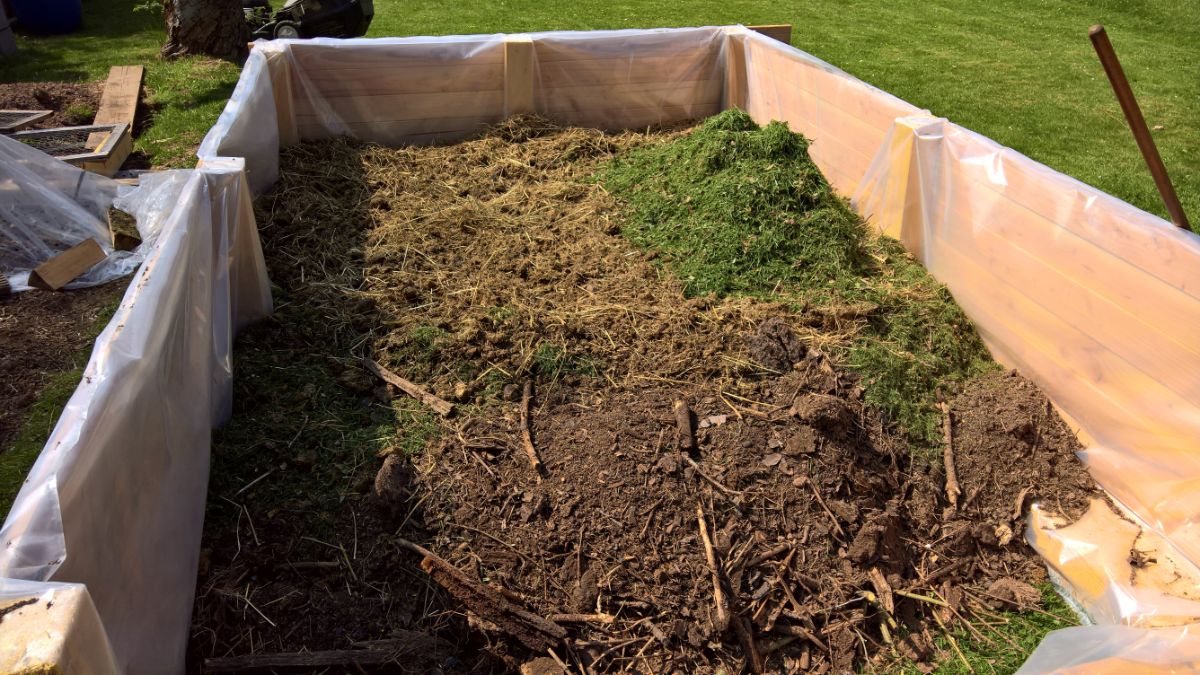
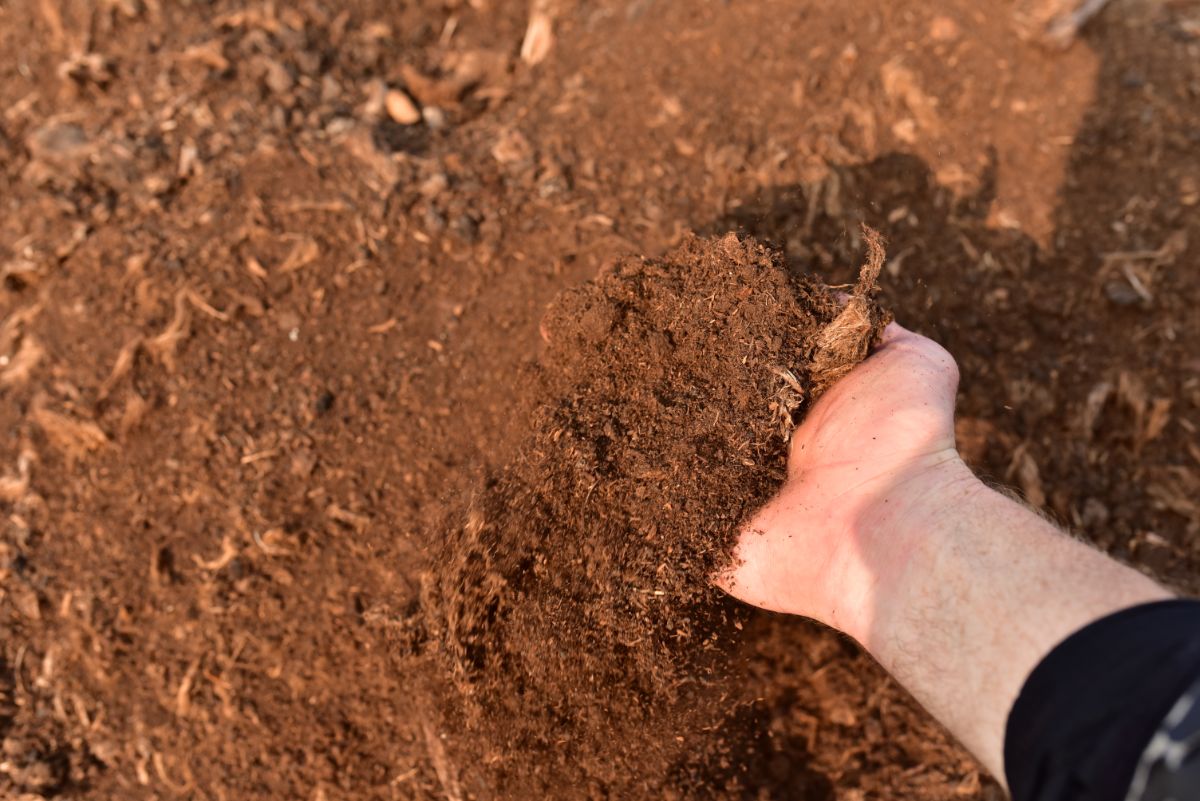

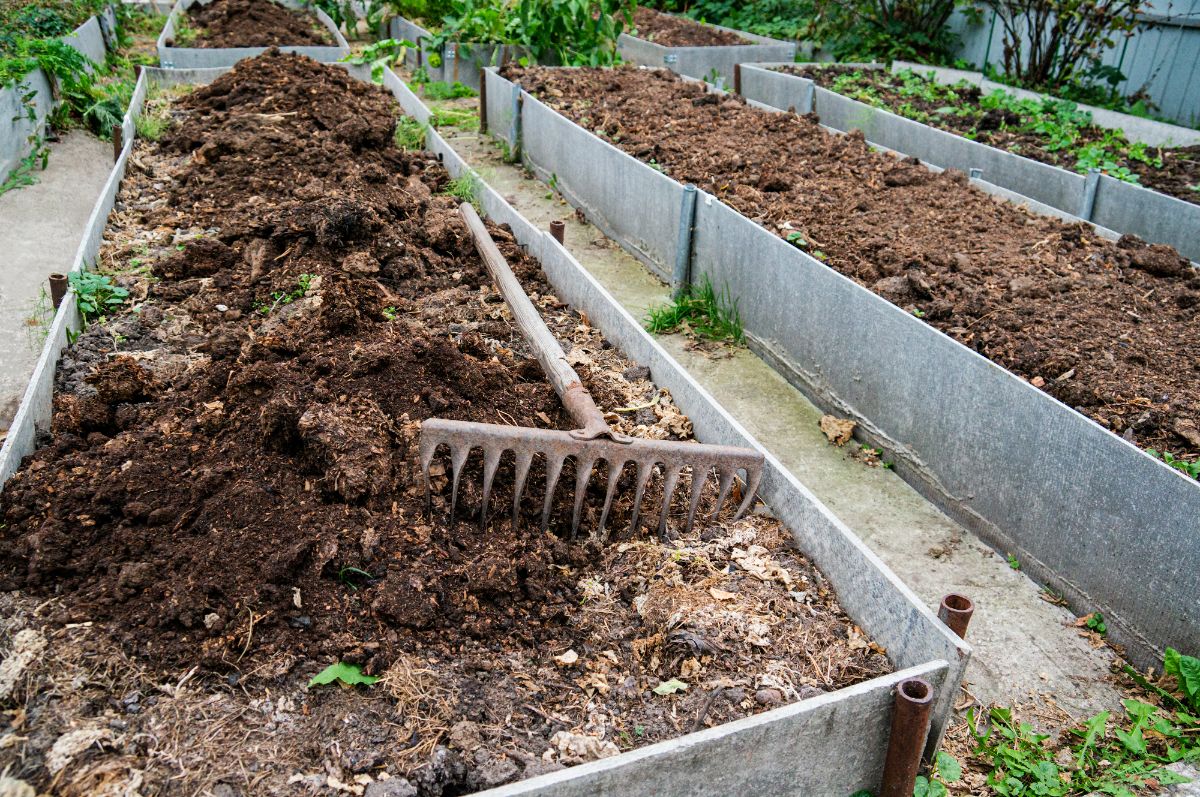
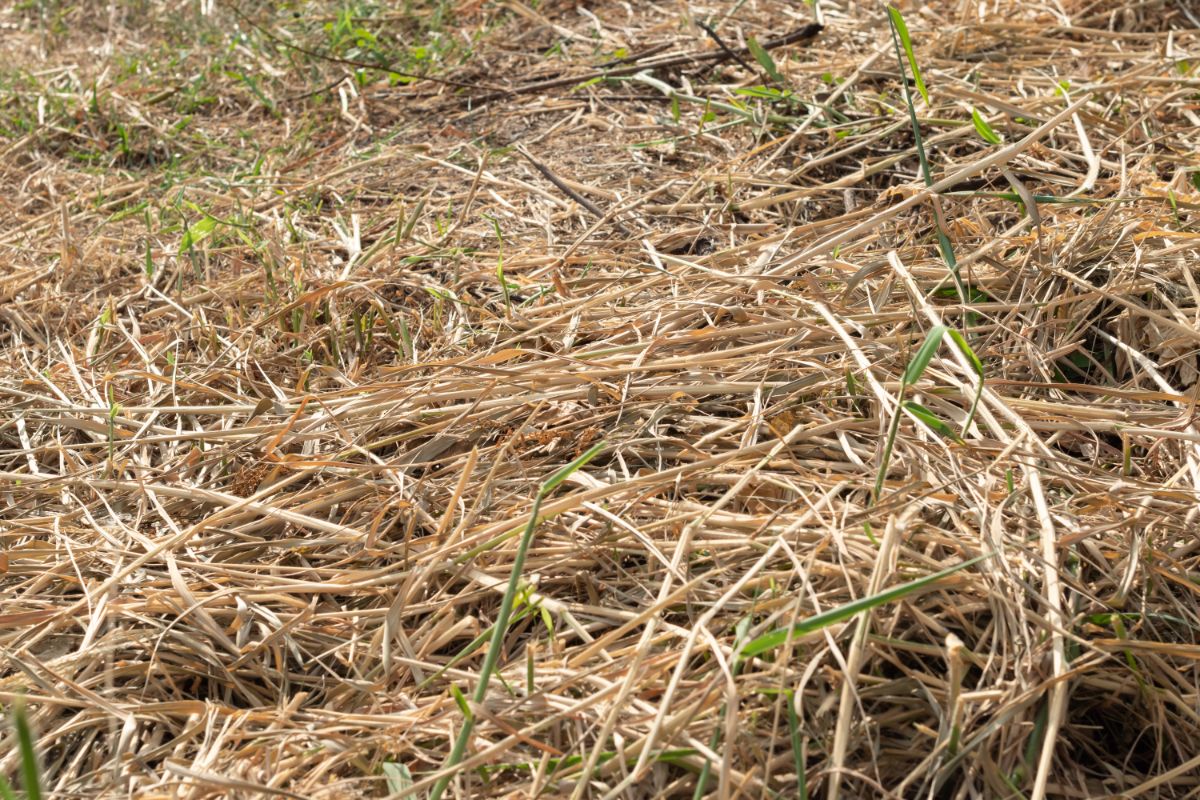

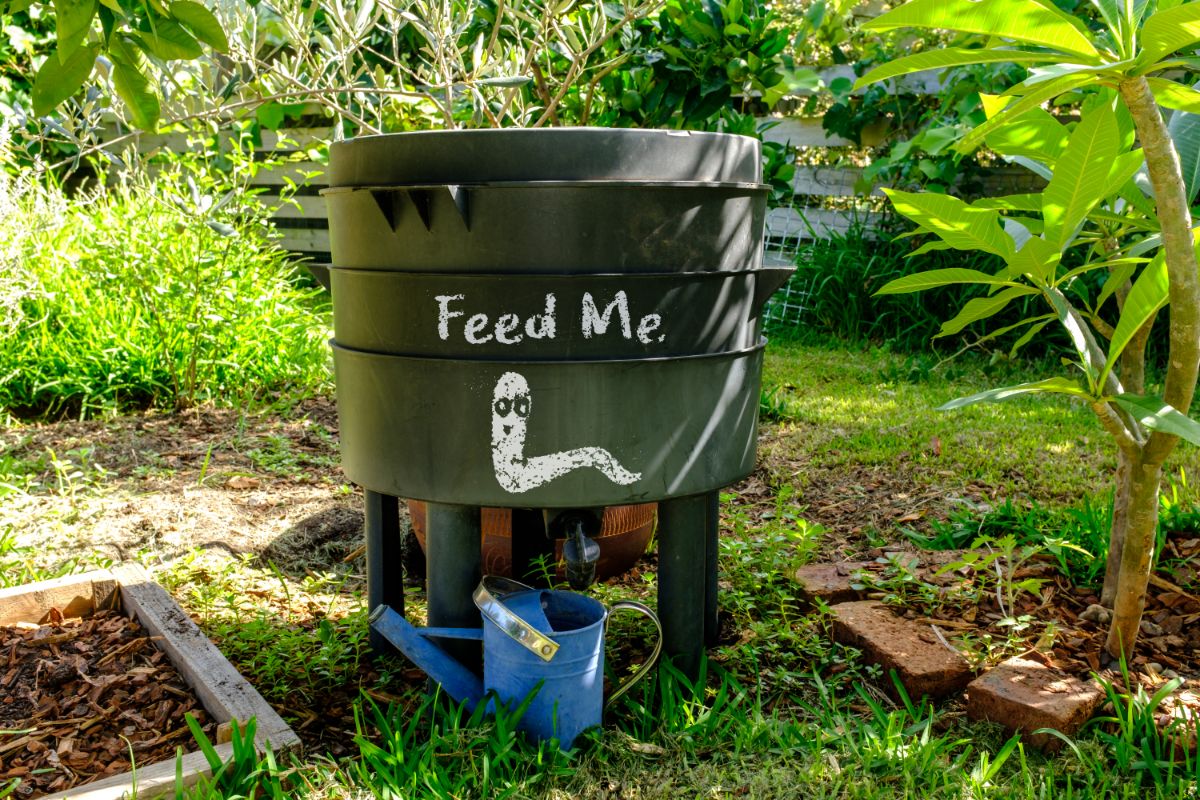
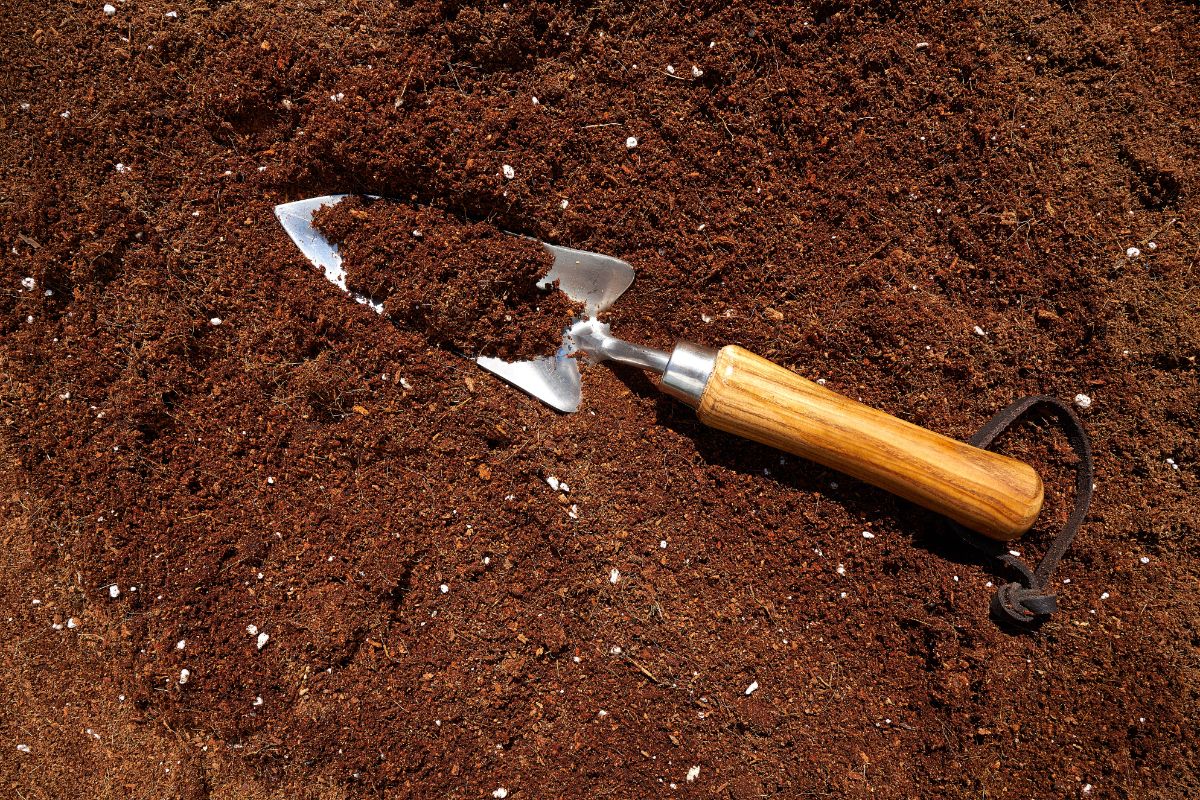

0 Response to "How To Fill A Raised Garden Bed Cheap Near Me"
Post a Comment